Maintaining an elephant apple tree involves a set of practices to ensure healthy growth and fruit production:
1. Sunlight and Soil:
- Plant the tree in well-draining soil with a slightly acidic to neutral pH.
- Provide full sunlight for optimal growth.
2. Watering:
- Keep the soil consistently moist, especially during dry spells.
- Deep watering is essential, especially during the flowering and fruiting stages.
3. Fertilization:
- Apply a balanced fertilizer during the growing season to provide essential nutrients.
4. Pruning:
- Prune the tree to shape it, remove dead or diseased branches, and improve air circulation.
- Regularly check for and remove any suckers.
5. Mulching:
- Apply a layer of organic mulch around the base of the tree to retain moisture and suppress weeds.
6. Disease and Pest Control:
- Inspect regularly for pests like aphids or scale insects. Use insecticidal soap or neem oil if needed.
- Monitor for diseases such as fungal infections and apply fungicides preventively.
7. Support for Young Trees:
- Provide support for young trees to help them establish a sturdy structure.
8. Harvesting:
- Harvest elephant apples when they are fully ripe, usually when the fruit is slightly soft and has a yellowish hue.
9. Thinning:
- Thin out excess fruits to ensure better quality and size for the remaining ones.
10. Winter Protection:
- In colder climates, protect young trees from frost by covering them or providing additional insulation.
By following these maintenance practices, you can promote the health and productivity of your elephant apple tree. Anything else you’d like to know about fruit trees or gardening?

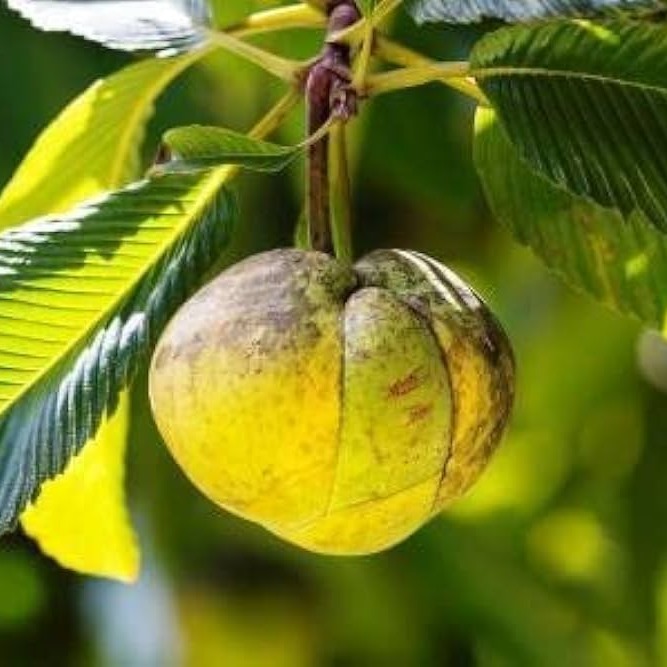

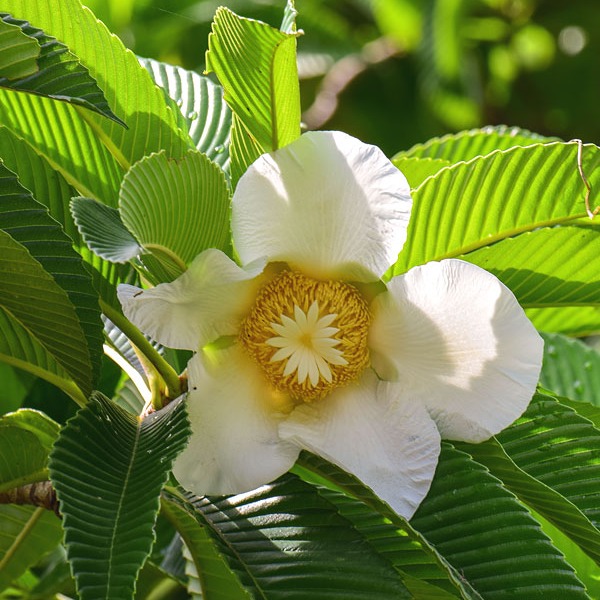
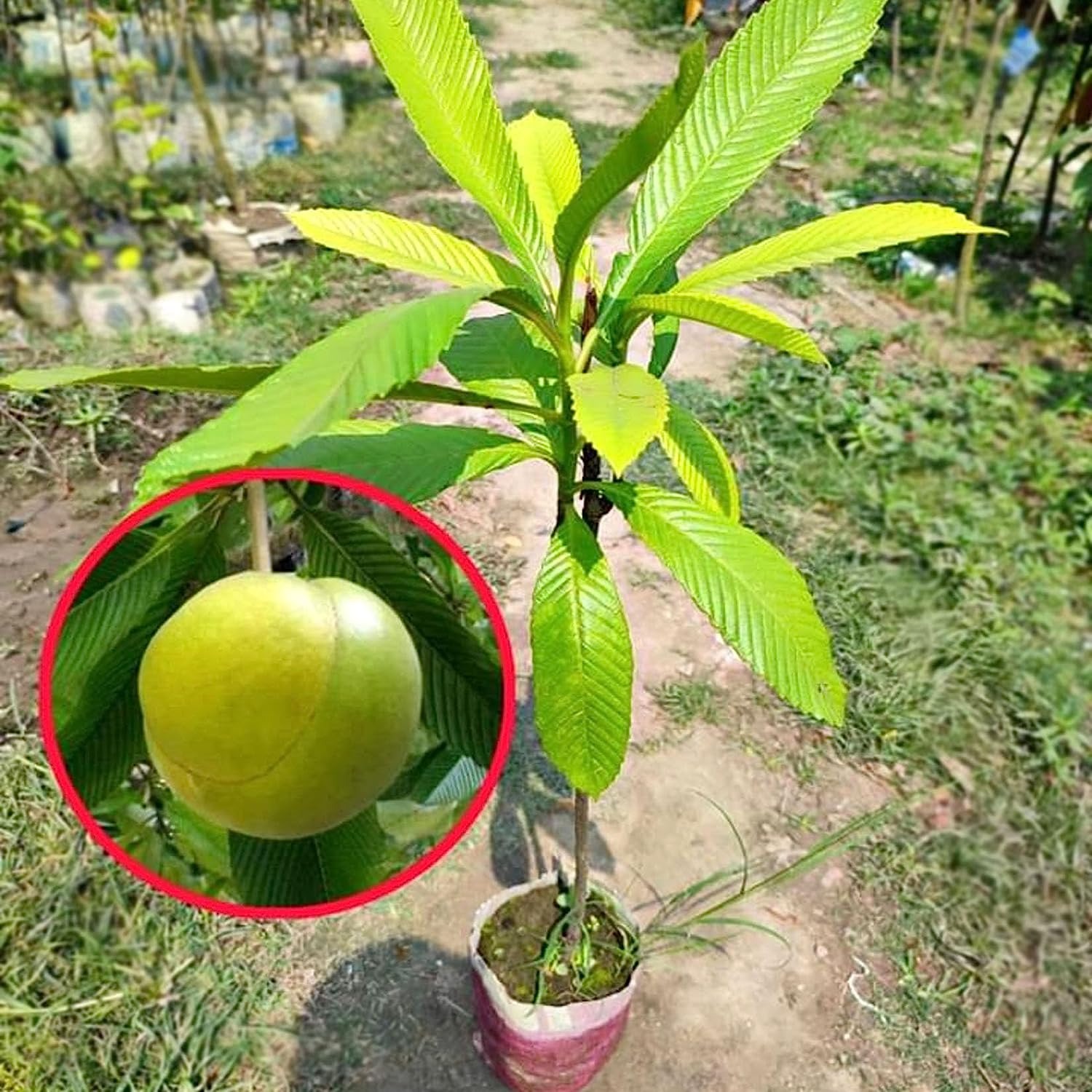

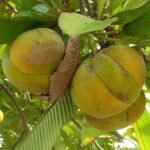

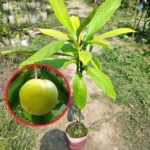






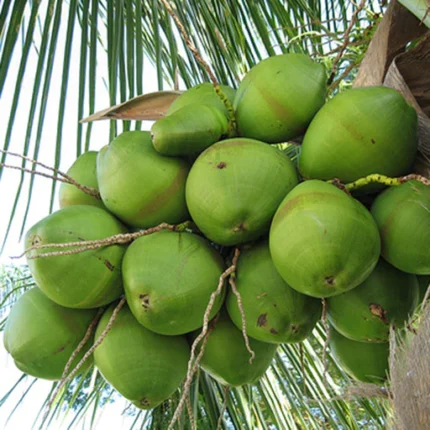
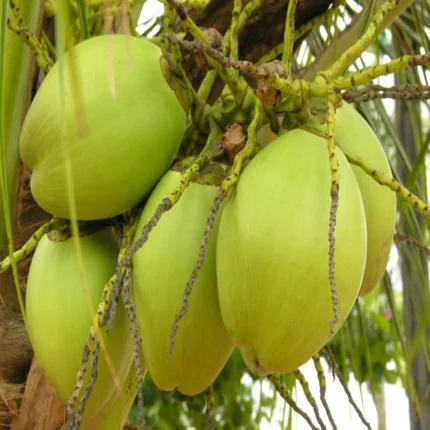
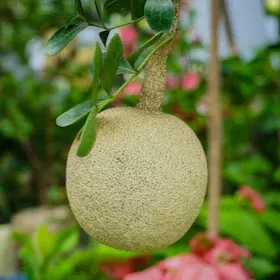
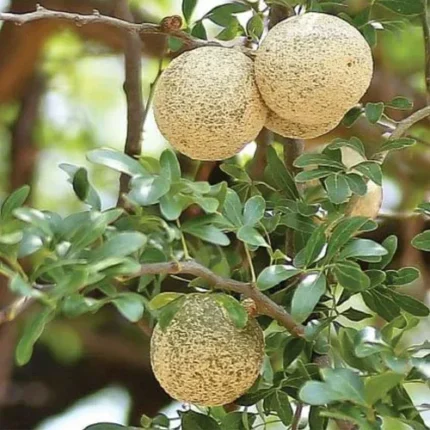

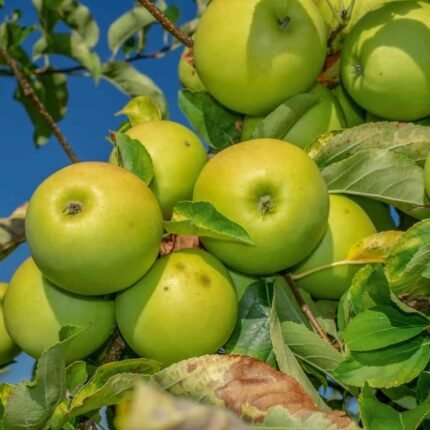



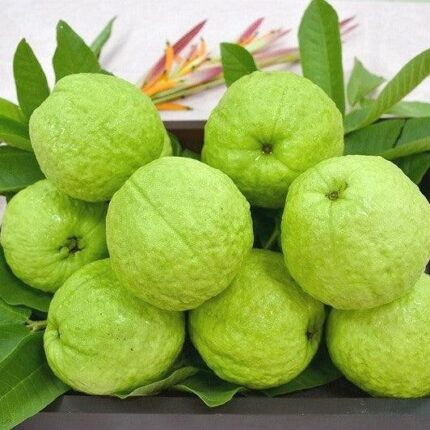
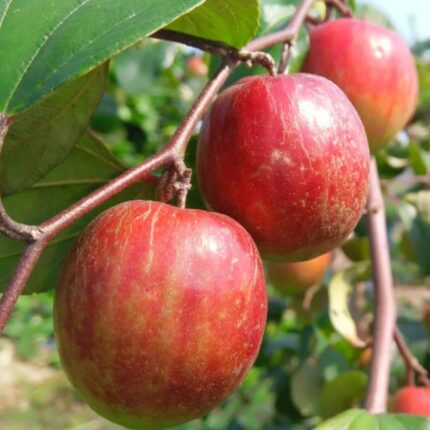
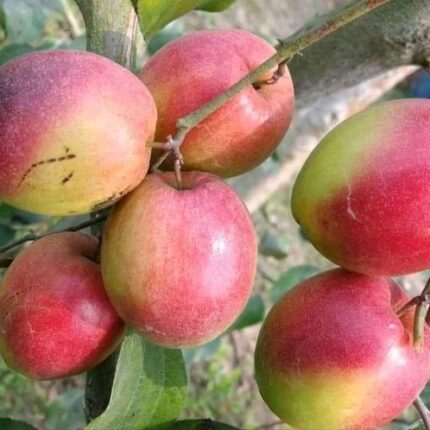


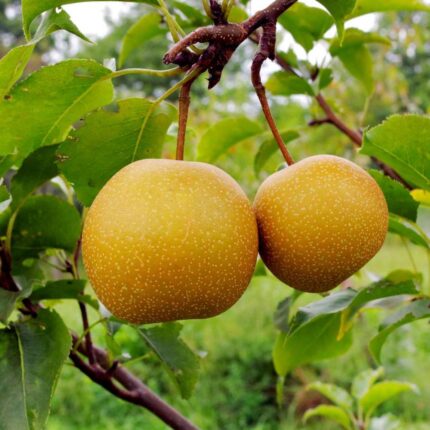
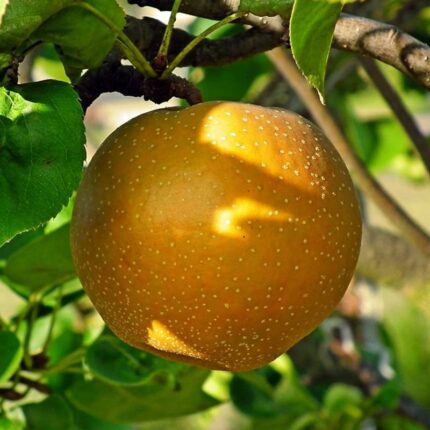
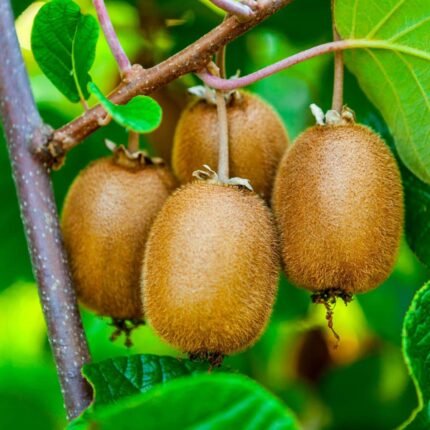

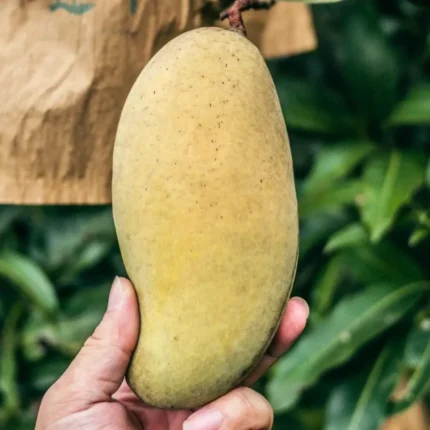
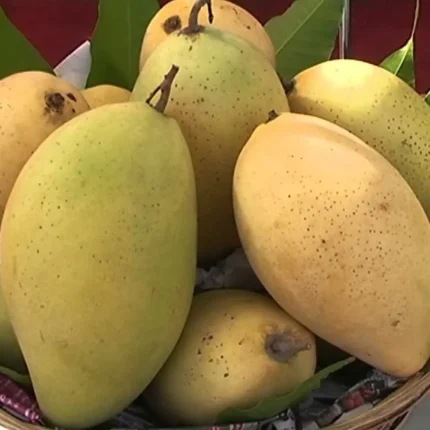
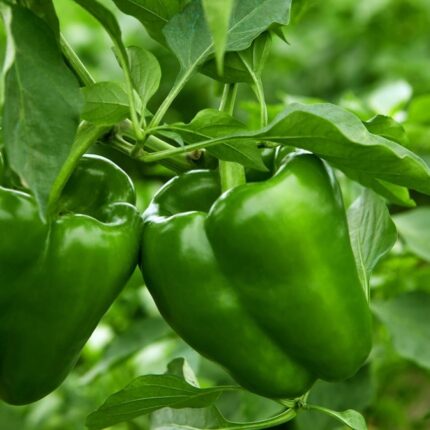
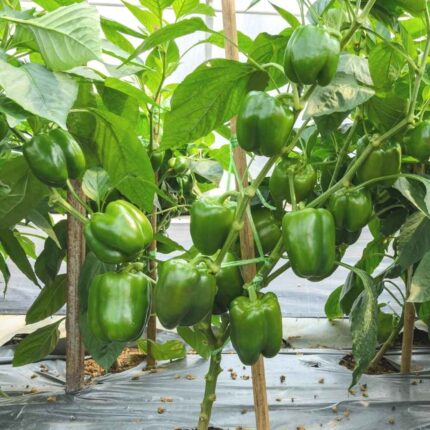



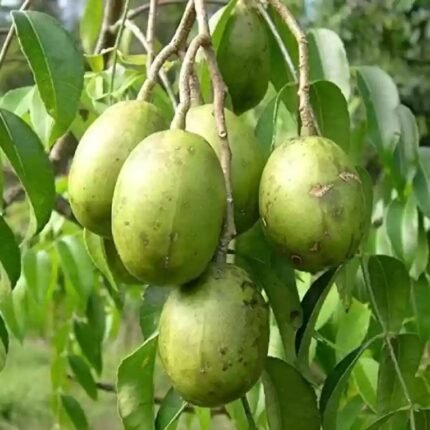

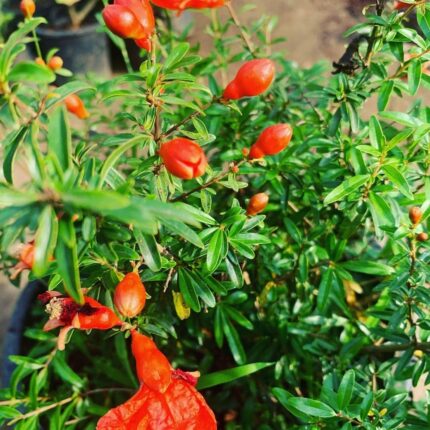
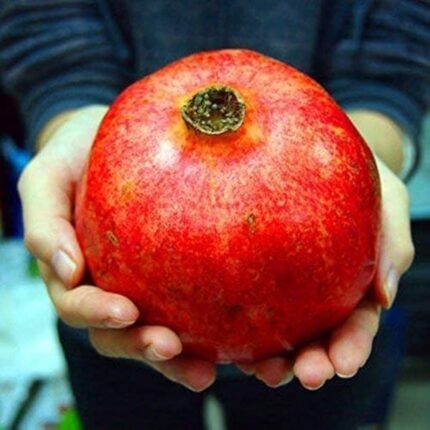
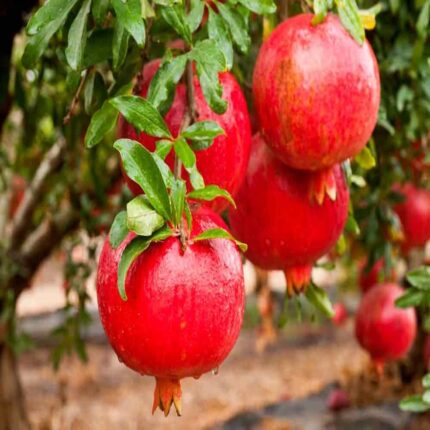


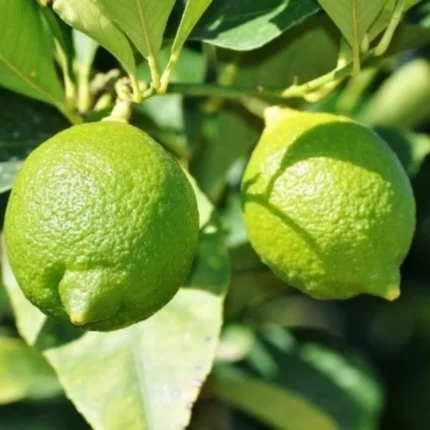
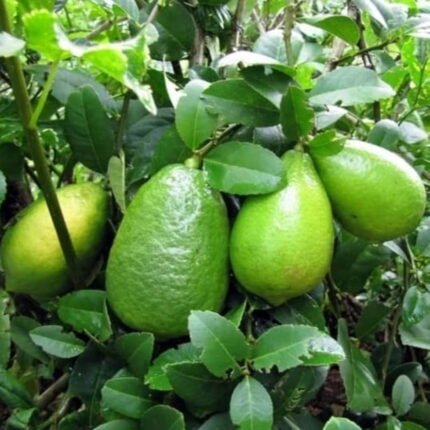
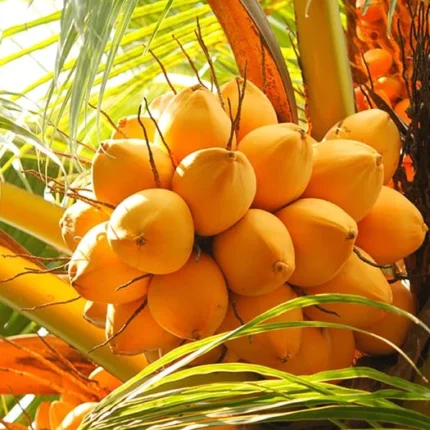


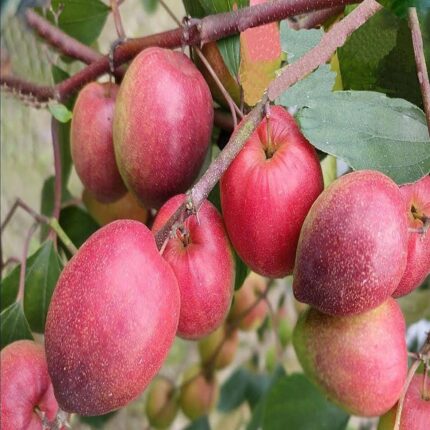


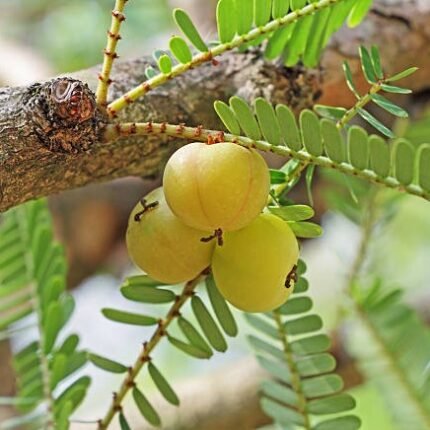




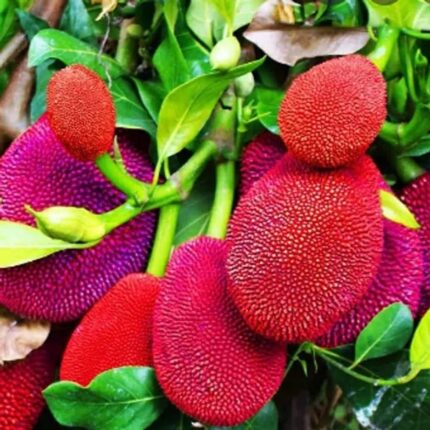



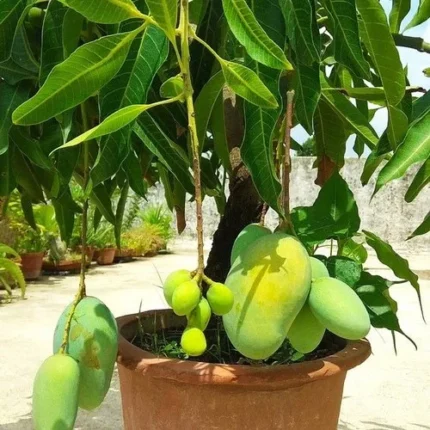

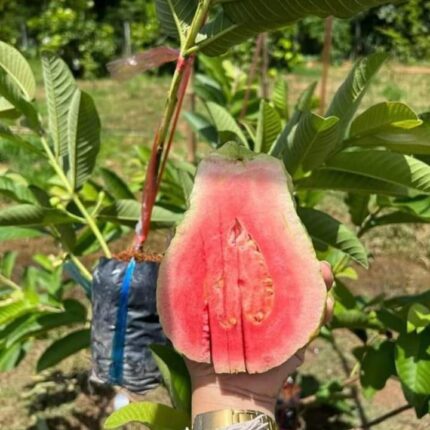

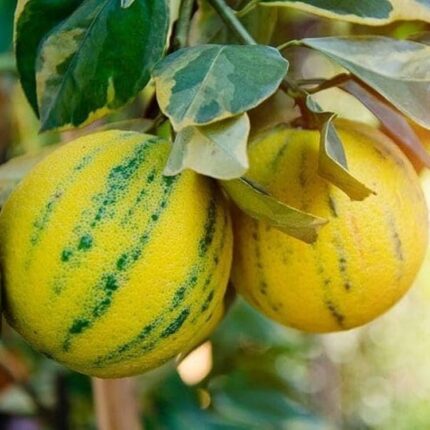

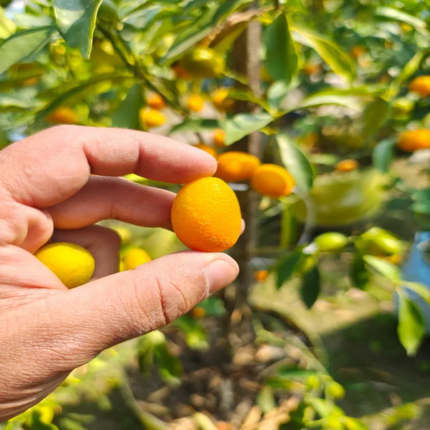



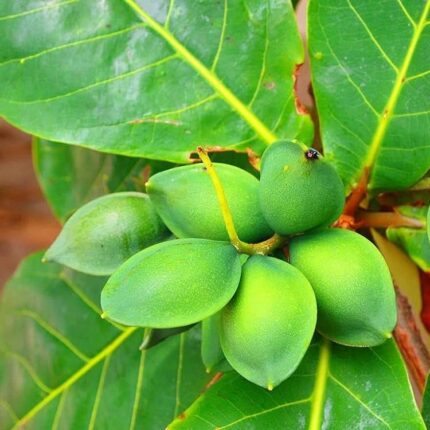
Amira Bawa –
Genuinely impressed by the customer service and plant quality. Thanks a lot! Superb experience with Royals Plant.
Samiha Sankaran –
Really impressed with the neat packaging and freshness. Highly recommended! Royals Plant never disappoints.
Hansh Gill –
Exceeded my expectations in how well the plants were packed. Very professional.
Hrishita Char –
Truly amazed by the customer service and plant quality. Keep up the good work! Great job, Royals Plant.
Saksham Mani –
Really impressed with the smooth order process. Very professional. Royals Plant never disappoints.
Nayantara Rajagopal –
Genuinely impressed by the neat packaging and freshness. Highly recommended! Superb experience with Royals Plant.
Prisha Gole –
Loved the the packaging and timely delivery. Keep up the good work! Royals Plant never disappoints.
Eshani Khosla –
Really impressed with the packaging and timely delivery. Big thumbs up! Love you Royals Plant!
Reyansh Sandhu –
Very satisfied with the customer service and plant quality. Very professional. Superb experience with Royals Plant.
Krish Wadhwa –
Really impressed with the quality of the plants. Keep up the good work!
Ritwik Bose –
Great value for the price. The plant was lush, green, and clearly handled with care. The plant was packaged safely with care, using eco-friendly materials which I appreciated.
Indranil Nandy –
My plant arrived full and healthy. It made a perfect gift and is flourishing wonderfully. Very secure packaging, and even the box smelled fresh when I opened it.
Sayani Sen –
My plant arrived full and healthy. It made a perfect gift and is flourishing wonderfully. Appreciate the attention to detail in packaging. Everything was tightly secured.
Zain Boase –
Plant is thriving, thank you!
Mohanlal Edwin –
Plant is thriving, thank you!
Akarsh Hari –
Value for money, plant was in great condition.
Tarini Shah –
Loved the plant, very healthy.
Hansh Yadav –
Very fresh plant, nicely packed!
Neelofar Datta –
Arrived safely and was well packed.
Priyansh Lad –
Loved the plant, very healthy.
Hiran Gokhale –
Arrived safely and was well packed.
Rupsha Lahiri –
Great value for the price. The plant was lush, green, and clearly handled with care. No mess at all! The box, pot, and plant all arrived just the way they should.
Ritwik Bhattacharya –
I’m thrilled with the plant I received! It was well-rooted, moist, and thriving right out of the box. No mess at all! The box, pot, and plant all arrived just the way they should.
Tania Lahiri –
Absolutely loved the quality of the plant. It was vibrant, healthy, and looked even better than the pictures online. The plant was packaged safely with care, using eco-friendly materials which I appreciated.
Arnav Gera –
I had ordered three different types of plants, and all of them arrived in excellent shape. The soil was moist and the pots were very sturdy. Really impressed.
Mehul Korpal –
Beautiful, fresh, and well-maintained plants. The attention to detail in packaging was noticeable and appreciated. My entire indoor setup now looks so much better.
Advika Chand –
Unboxing the plants was such a delight. Everything looked exactly like the pictures. Healthy leaves, strong stems, and no damage during transit whatsoever.
Hazel Bose –
Beautiful, fresh, and well-maintained plants. The attention to detail in packaging was noticeable and appreciated. My entire indoor setup now looks so much better.
Tushar Krish –
I had ordered three different types of plants, and all of them arrived in excellent shape. The soil was moist and the pots were very sturdy. Really impressed.
Mamooty Rama –
Unboxing the plants was such a delight. Everything looked exactly like the pictures. Healthy leaves, strong stems, and no damage during transit whatsoever.
Divyansh Bhat –
I had ordered three different types of plants, and all of them arrived in excellent shape. The soil was moist and the pots were very sturdy. Really impressed.
Armaan Khare –
Affordable and premium quality plants.
Dhruv Subramaniam –
I love how neatly everything was packed. All the plants arrived in perfect condition and are growing really well. Excellent quality and care taken with each one.
Lakshit Taneja –
I had ordered three different types of plants, and all of them arrived in excellent shape. The soil was moist and the pots were very sturdy. Really impressed.
Jivika Sinha –
Arrived on time and all the plants were in excellent condition.
Jiya Sahota –
Arrived on time and all the plants were in excellent condition.
Jayant Bahl –
Loved the variety and freshness of the plants received.
Gokul Verma –
Everything was well packed and delivered safely.
Shanaya Ratta –
Really happy with Royals Plant’s quality and fast delivery.
Rohan Atwal –
Affordable and premium quality plants.
Pihu Thakur –
Loved the variety and freshness of the plants received.
Aarush Master –
Great experience ordering online, will come back again.
Nehmat Chaudhari –
Excellent service and beautiful plants.
Kaira Kala –
Great service as always from Royals Plant!
Devansh Kaur –
Great experience ordering online, will come back again.
Divit Raja –
Everything was well packed and delivered safely.
Tushar Kade –
Very impressed with the packaging and plant quality.
Adah Bhatia –
Royals Plant never disappoints! Thank you for the amazing service.
Elakshi Sampath –
Excellent service and beautiful plants.
Pranay Choudhary –
The plants were fresh and healthy, delivery was quick and neat.